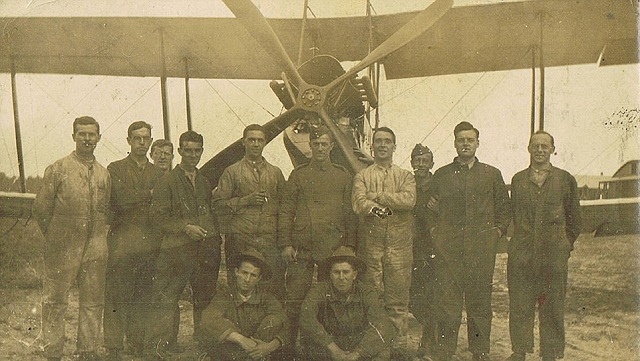A multitude of WWI airmen sacrificed their lives in the early 1900s, while many survivors took the same risk. With the mass digitization of war records on the rise ever since the beginning of this year marked the lead-up to the formal start of the First World War centenary, it is now much easier to find documentation regarding the WWI airmen and their very diverse backgrounds.
The National Archives has been integral in the digitization of these records. The digitized documents contain a slew of information on men who served in the Royal Air Force. Not only does this information include military history, but also information on physical appearances and pre-war careers. Information on the families of the WWI airmen, as well as their ethnic and religious backgrounds, is also being made largely available. Not all of these records are from the Royal Air Force, with some of them also from its predecessor, the Royal Engineers Balloon Service. Some of the Balloon Service records date back from before the 1900s even began.
The diverse backgrounds illustrated by these records portray a society which was beginning a movement toward acceptance of “the other.” Xenophobia was not an option for many of the dedicated WWI airmen who served in the Royal Air Force, as there were over fifty different nations represented within their ranks. Some of these men were influential to the growth of airborne military fighters, for instance Hardutt Singh Malik, the first military pilot of Indian descent.
These men usually received similar treatment regardless of nationality, religion, or economic class. Even their rank within the military often had little to do with the reverence that these WWI airmen received for their service. Even men who never achieved the rank of officer helped to thin out the enemy forces and bring the Allies to a victory by the end of the First World War, the Mail Online reports.
All of the WWI airmen who gave their lives to the service were integral to achieving a military victory for the Allies. It did not matter if they were British, Indian, or any other nationality. What mattered was their dedication to fighting a common enemy and achieving an end to the worldwide conflict that had drawn in almost every major power across the globe. The newly digitized records show that there was no end to diversity in the backgrounds of the WWI airmen who flew with the Royal Air Force, but every one of them was important.
